Do You Really Need To Stretch?
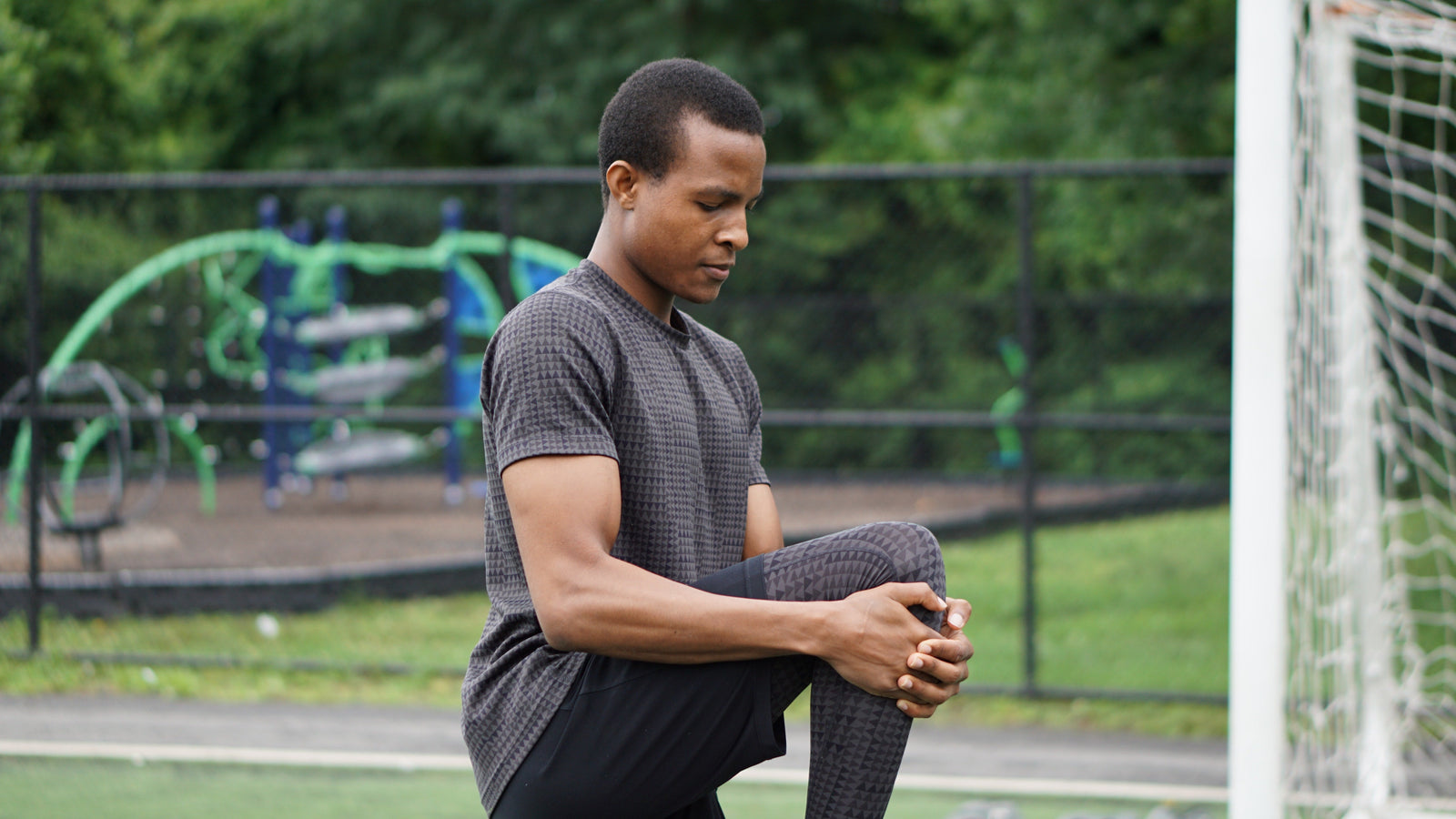
Stretching may be the key to your next big lift or long race. While stretching may conjure images of a ballerina doing the split, there’s much more to this form of functional training than holding contortionist-level poses.
Simply put, stretching is vital to building and maintaining flexibility. Flexibility is the ability to move through a complete range of motion unrestricted. It’s a prerequisite for athletic feats like running as well as daily tasks like reaching overhead.
Flexibility is usually measured with a protractor and is highly individualized based on your bone structure, musculature, and fitness level. Joints can feel “stuck” or obstructed from injury, poor posture or tight, dysfunctional muscles. For example, a knot in your back can lead to a limited range of motion in shoulder flexion, making it more difficult for you to reach overhead.
Types of stretching
Stretching is vital to maintaining articular health, muscular function, and it can also help reduce your risk of injury. Studies show that a consistent stretching program can also help benefit muscle-tendon connections by increasing extensibility and neuromuscular activation.These four main types of stretching that should all be tools in your wellness toolkit.
Static stretching is when you stretch to the furthest comfortable range and hold it with or without assistance. For example, stretching your calf by pulling your toes towards your face with the help of a yoga strap. Passive stretching is a subcategory of static stretching since it involves holding an end range of motion. Studies confirm that longer timed stretches are needed to increase flexibility and range of motion in most joints.
One key characteristic of passive stretching is that your muscles are relaxed during the stretch; if you’re contracting your muscles or resisting the stretch, it falls into the active stretching category.
Active stretching is a technique where you use agonist and antagonist muscles to deepen and control a stretch. For example, in an active hamstring stretch, you will use both your hamstring muscles and hip flexors or quads to work through your range of motion. Active stretching is commonly used in mobility training systems and is sometimes paired with a passive stretch like in mobility training.
Dynamic stretching is used to drive blood flow, improve muscle extensibility, and prepare the body for sport-specific movements. Unlike other types of stretching, dynamic stretches are not held for any specified length of time or done with assistance. One example of dynamic stretching is doing walking lunges or air squats prior to barbell squatting.
Studies show that dynamic stretching increases range of motion and helps improve athletic performance in terms of force, power output, sprinting time and jumping. It’s also been proven effective in making sustained range of motion gains and reducing muscle stiffness.
When to Stretch
Common gym wisdom holds that passive stretching prior to a workout hinders performance. While it’s been shown that dynamic stretches are a key component of a warm-up, you shouldn;t neglect static stretches prior to your lifting workout or run.
Studies have demonstrated that static stretching can negatively impact power performance but that the impact is so small it’s mostly negligible. For stretches held less than 90 seconds, the decrease in power you’ll see will probably not be noticeable. In fact, experts suggest that athletes whose sports require a higher degree of flexibility like dancers, may benefit from short duration static stretches.
Most people can benefit from a combination of all stretching styles. Active and dynamic stretches should be emphasized prior to a workout while static or passive stretching should be added as part of the cool down to help reduce muscle soreness and boost recovery.









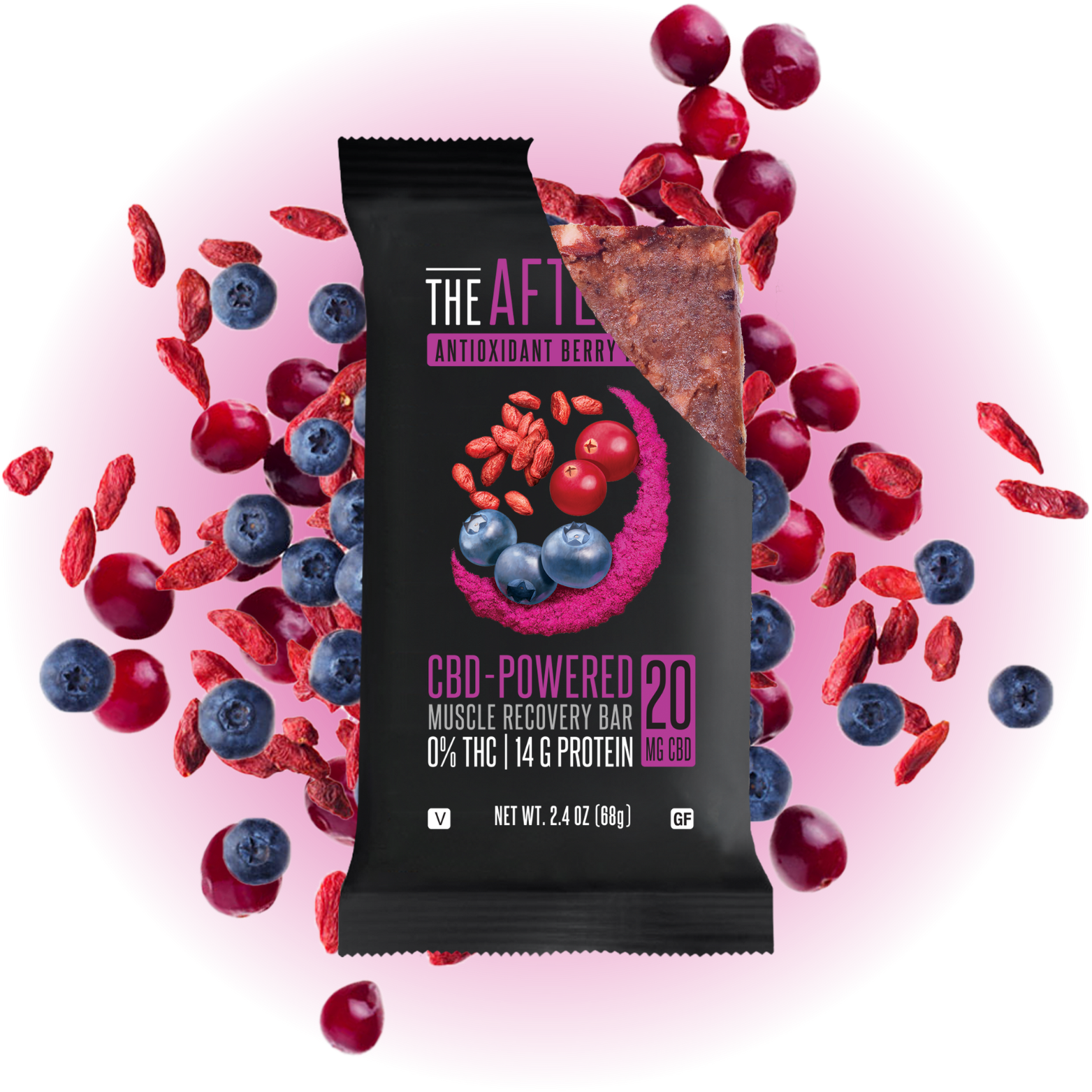
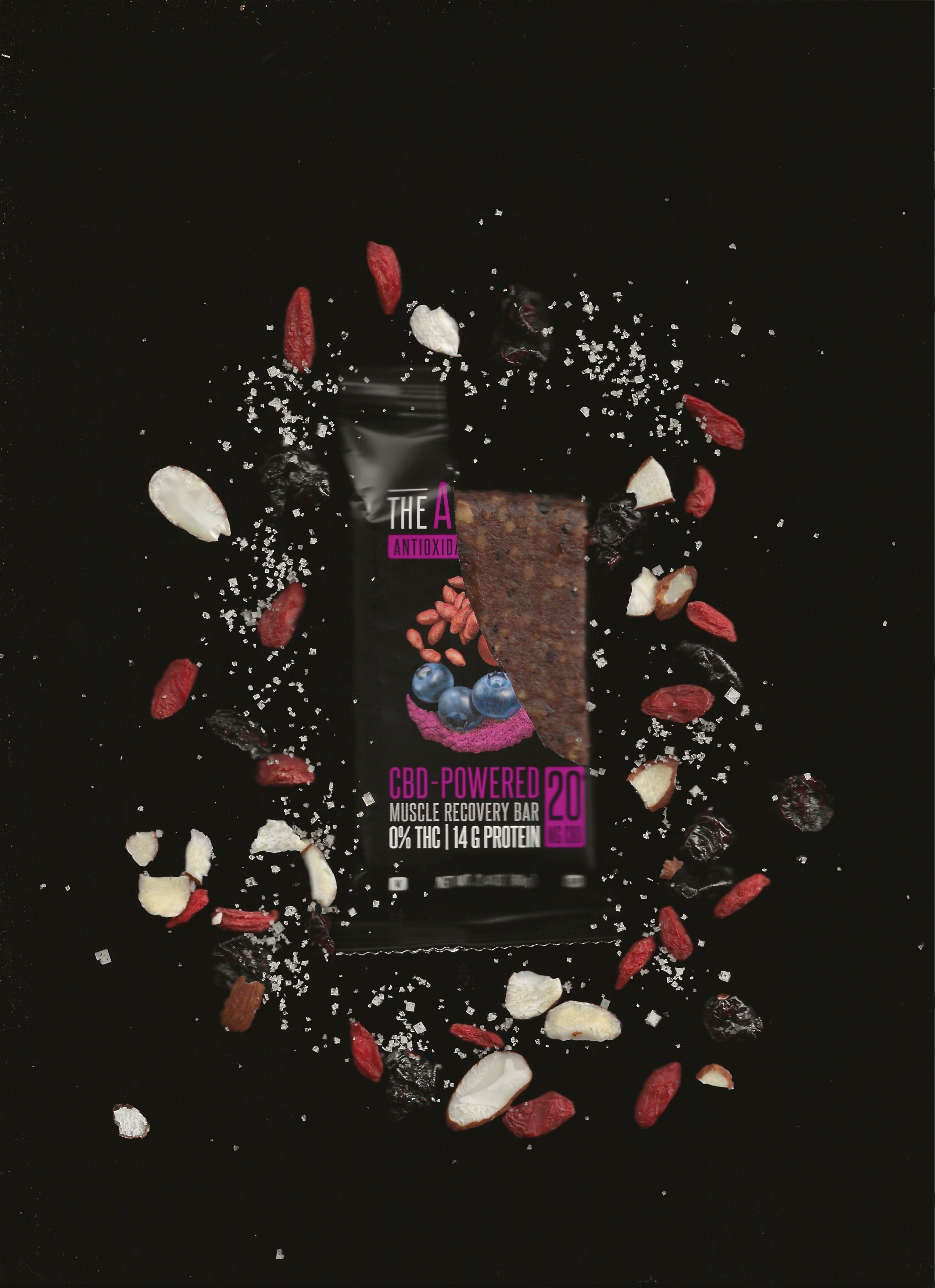
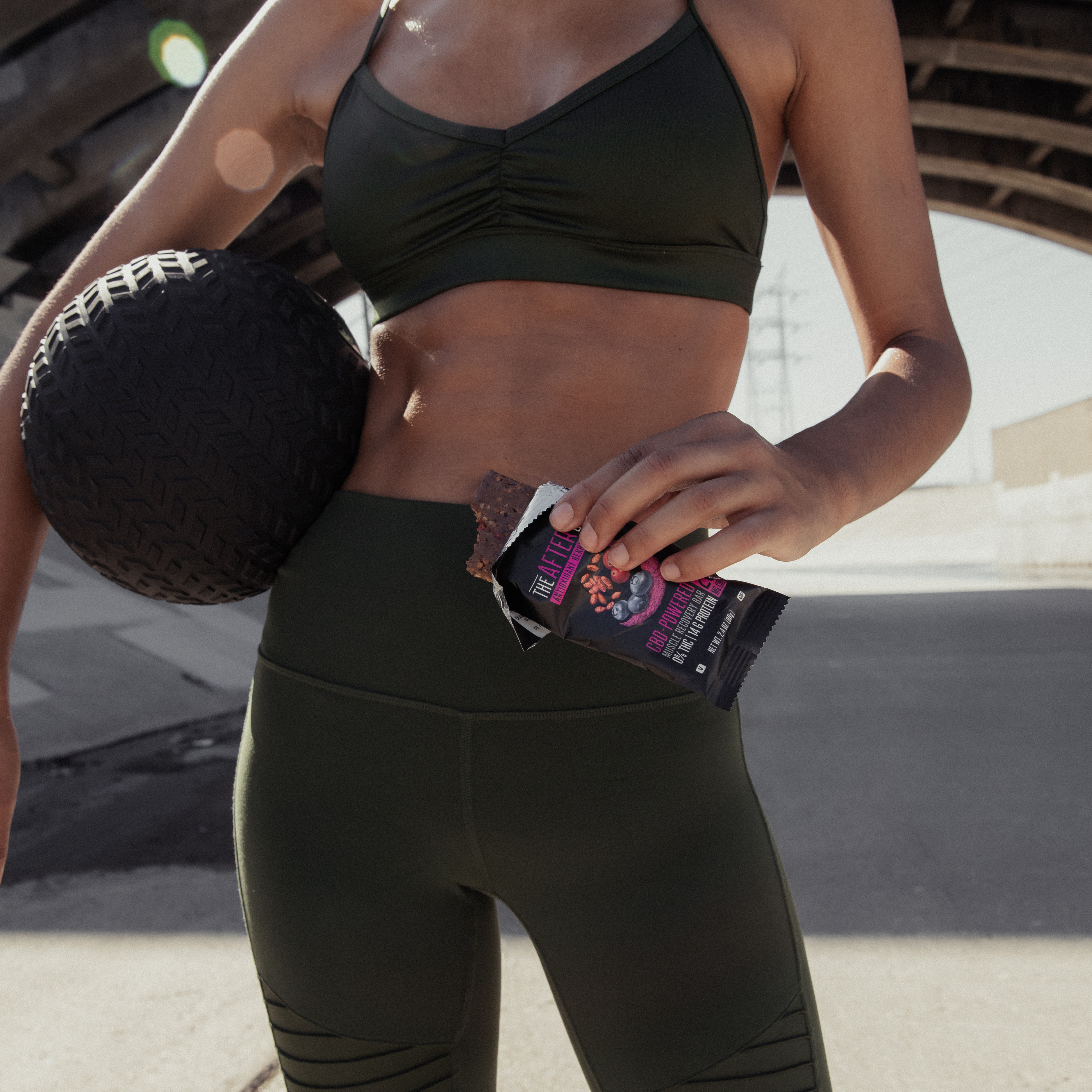

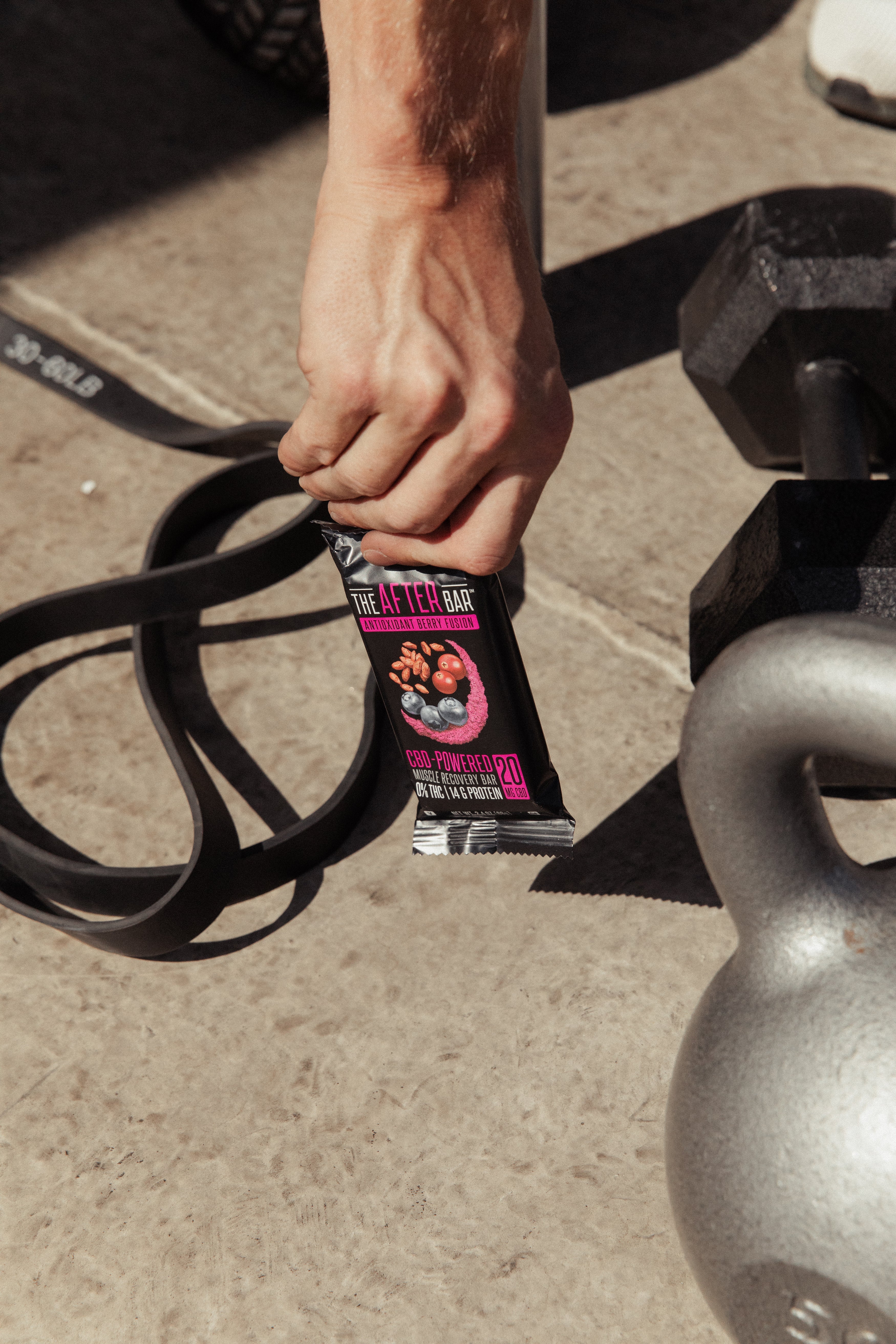

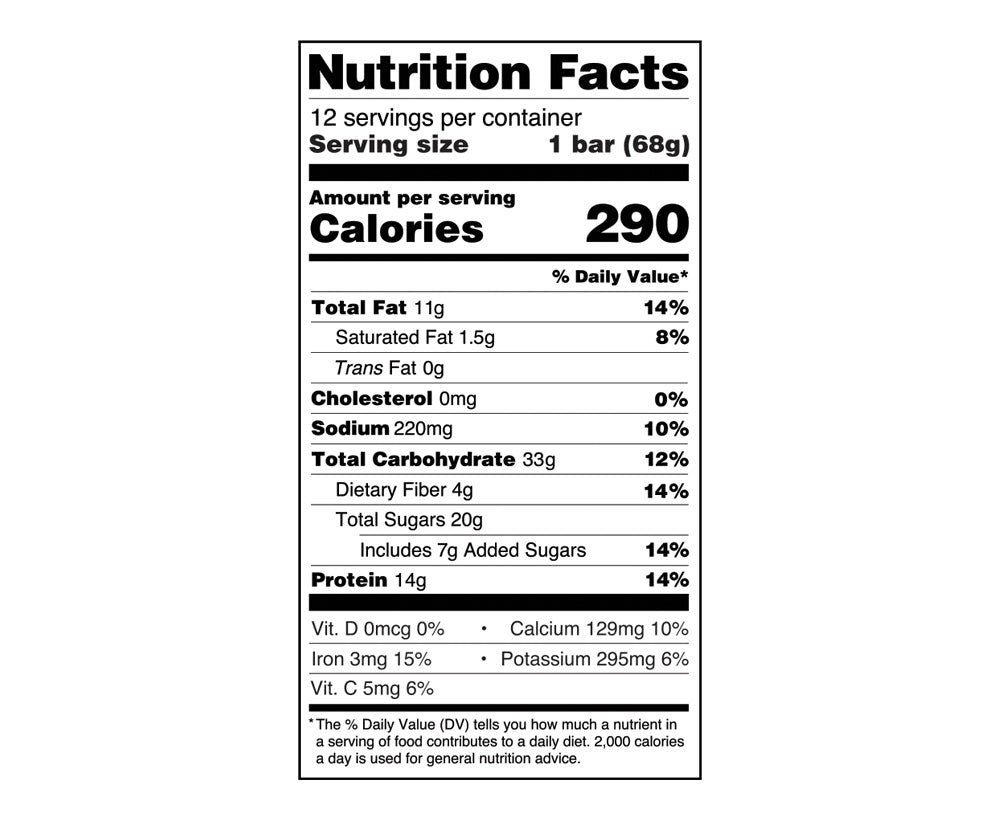
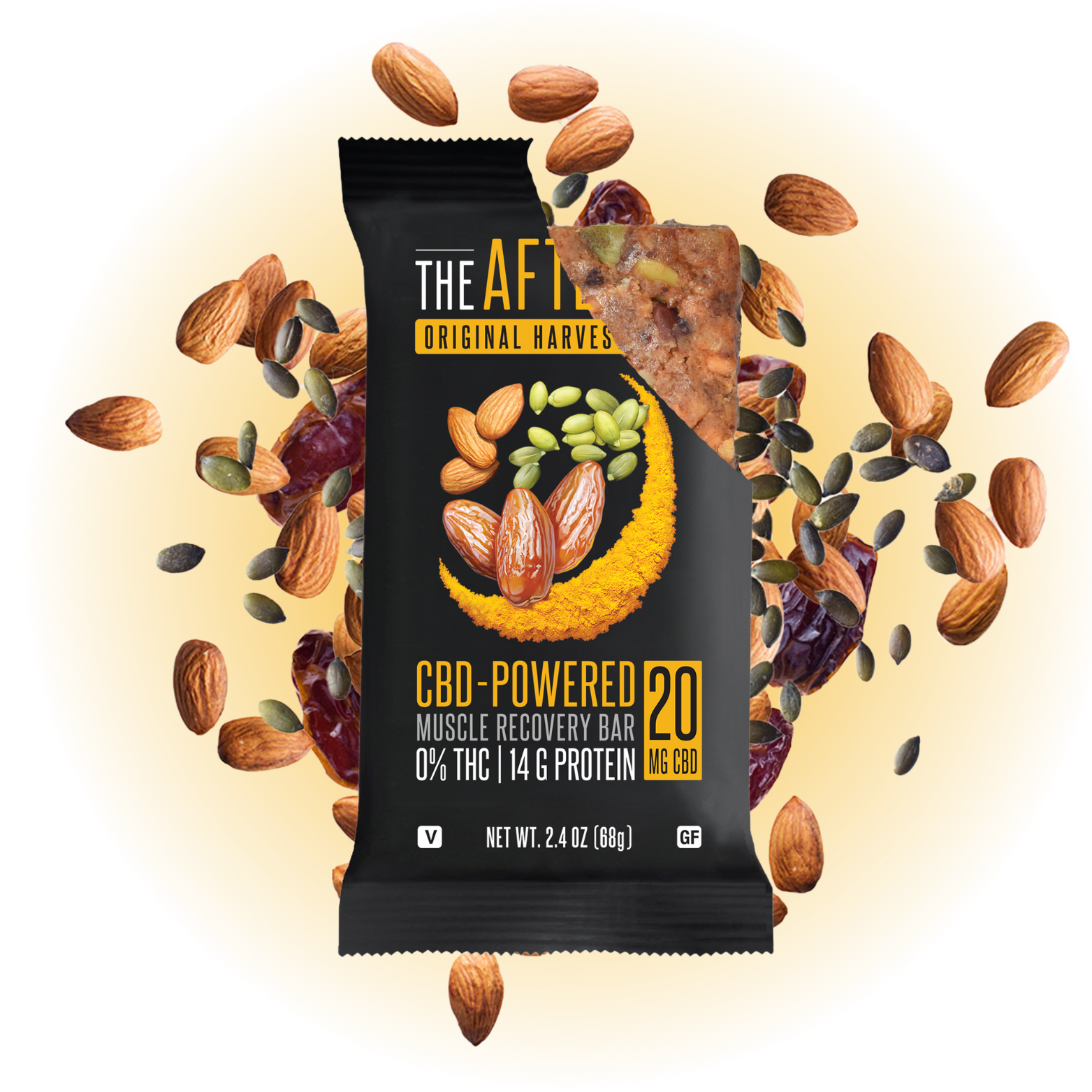
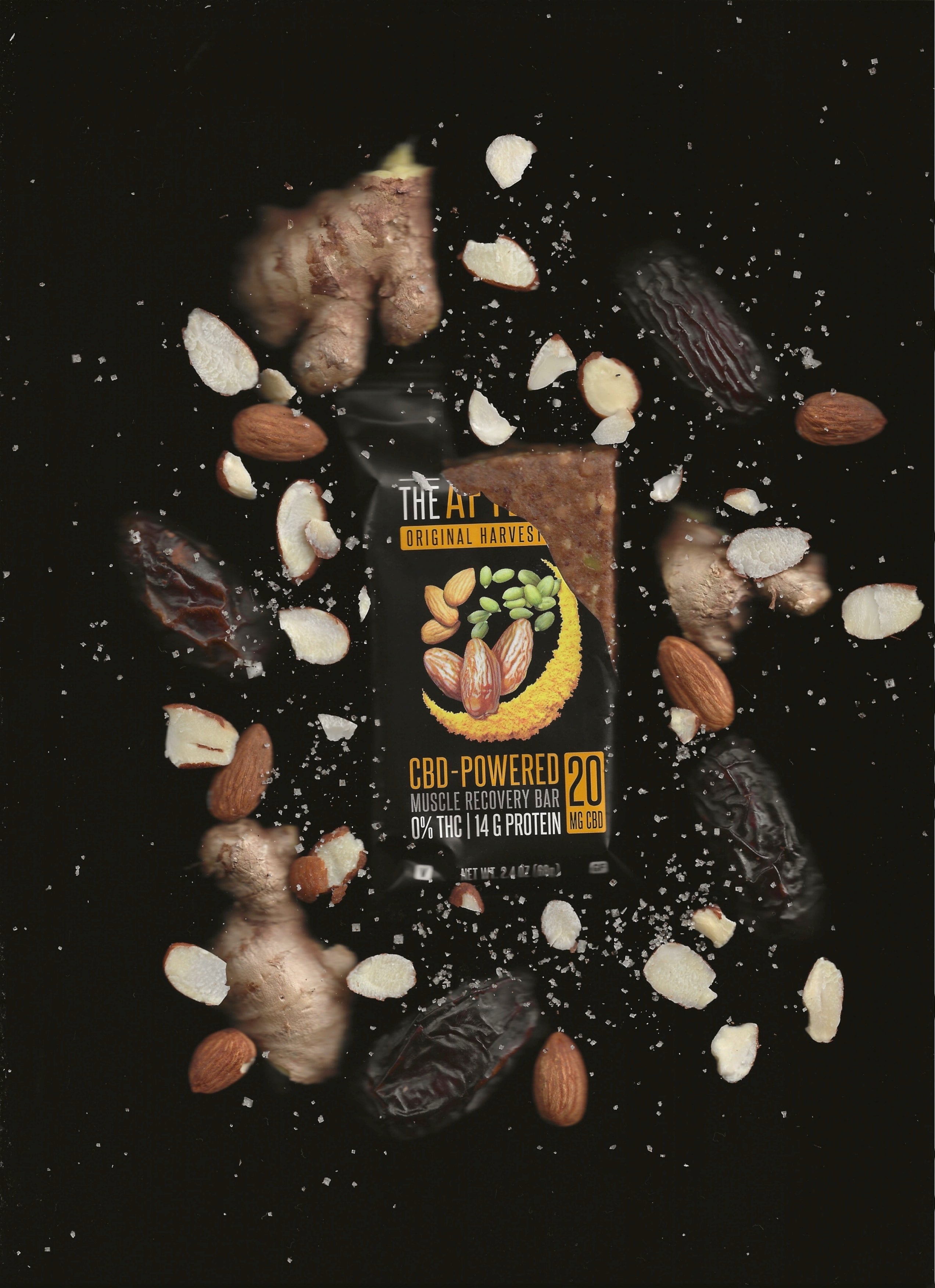
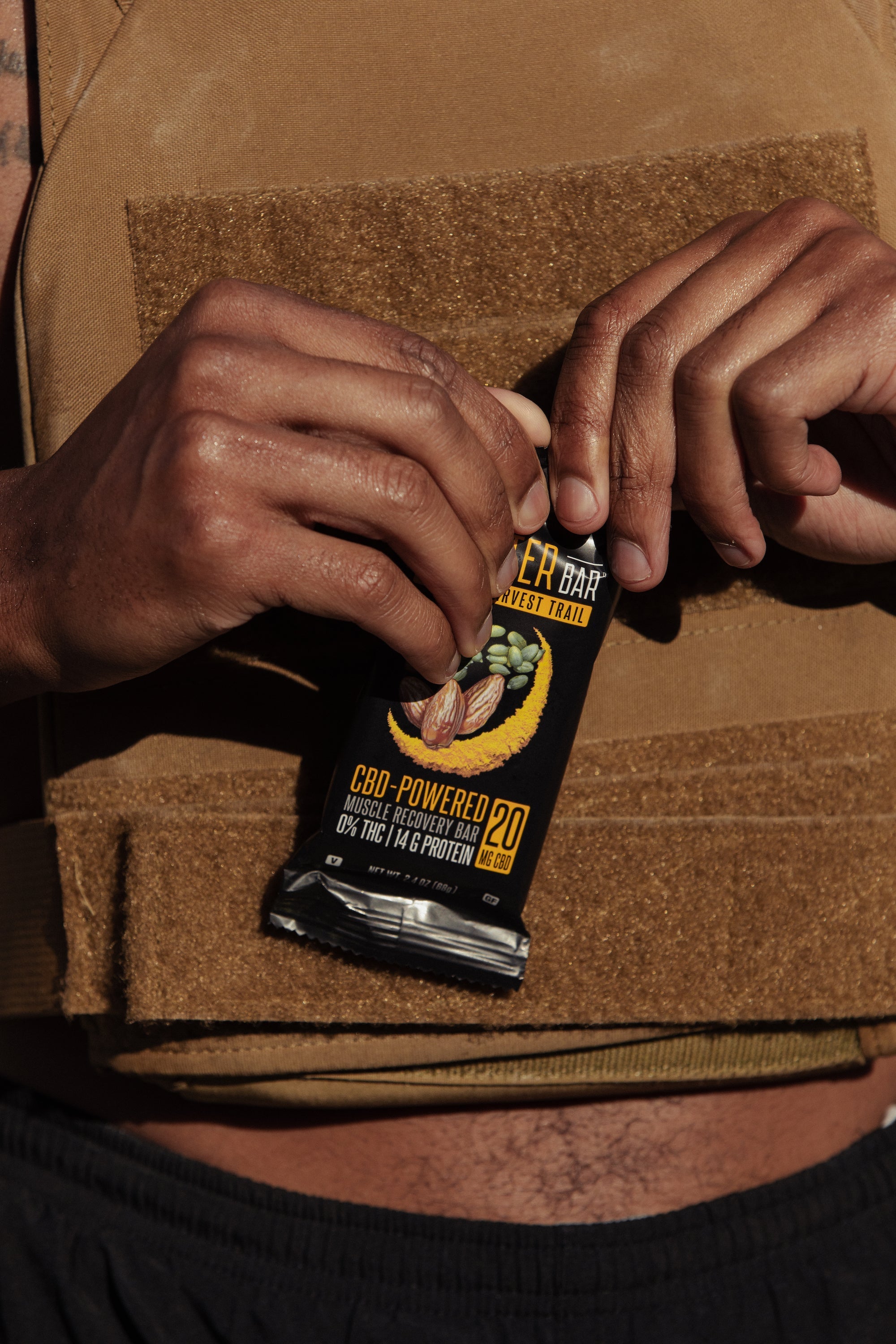
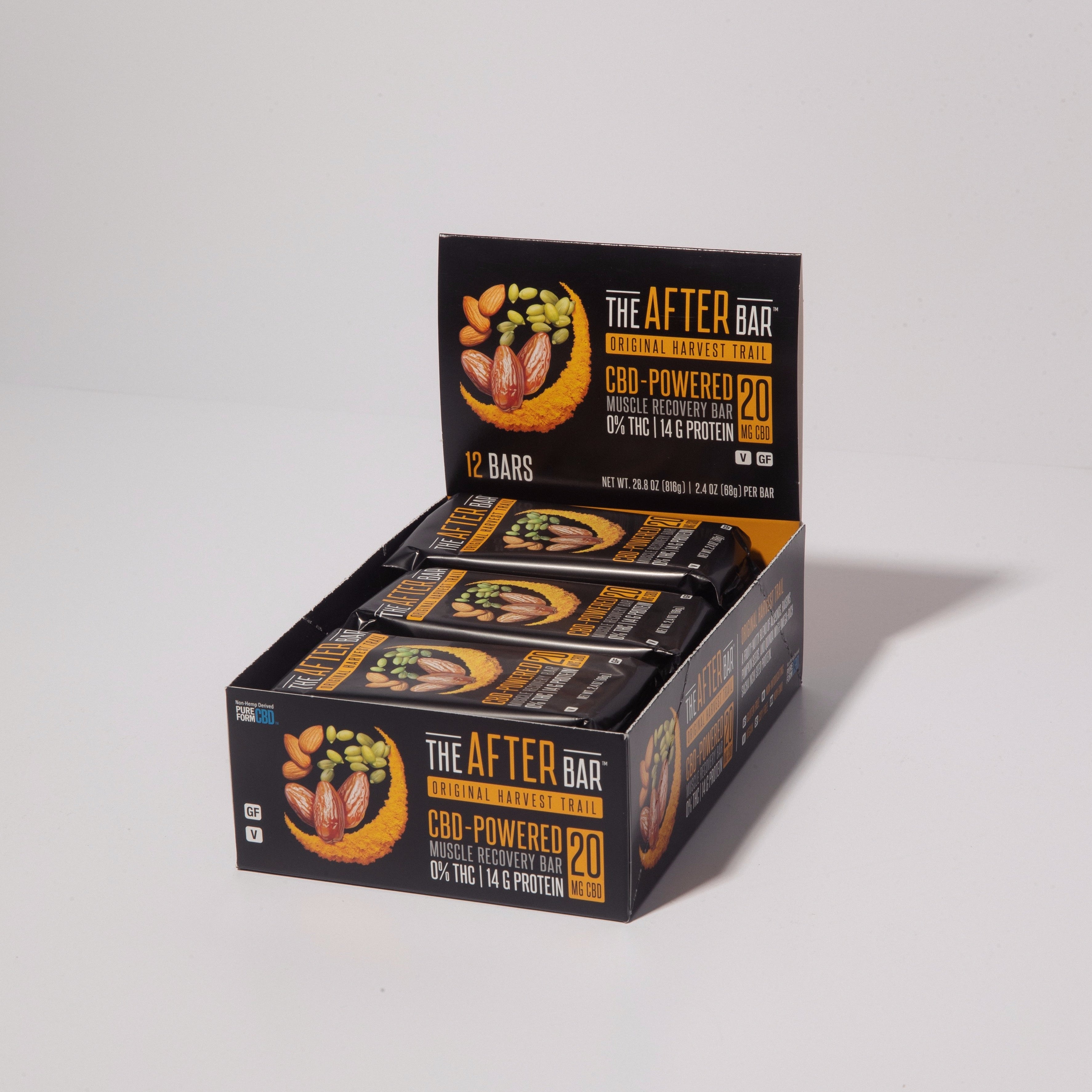
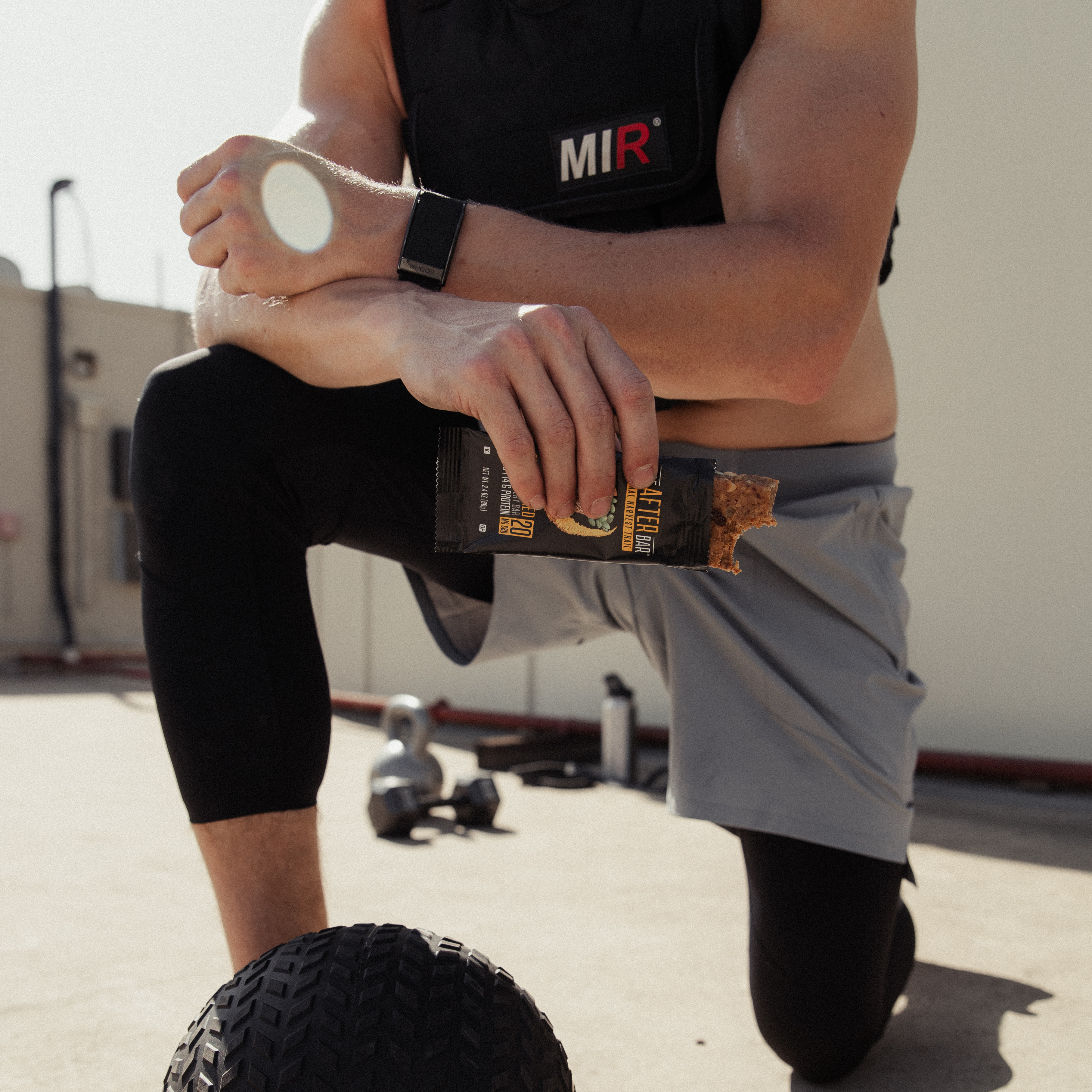
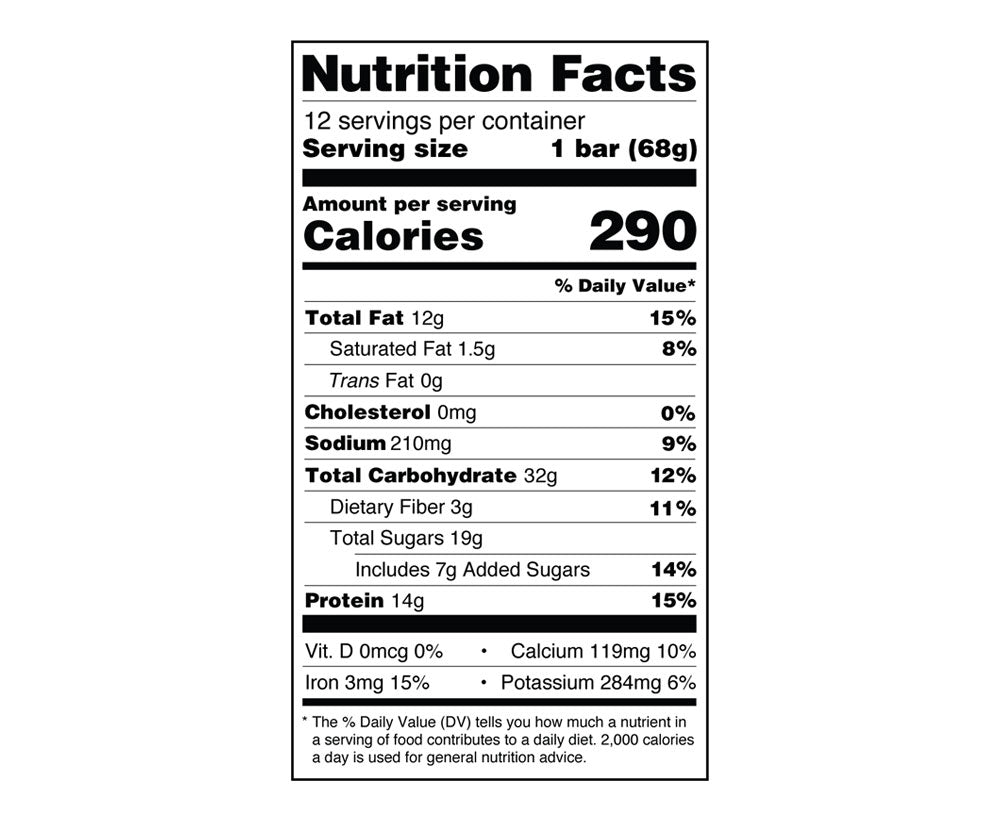
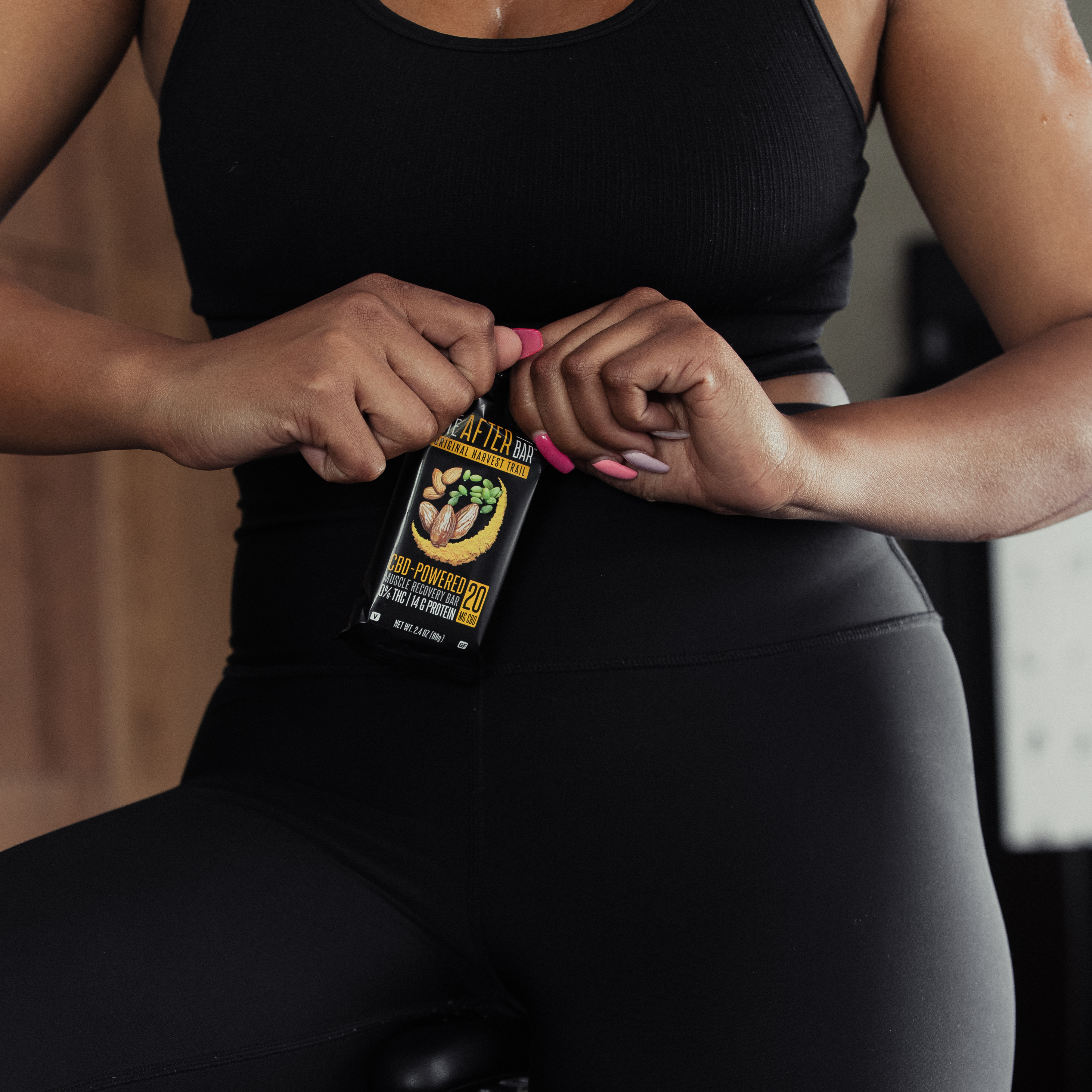
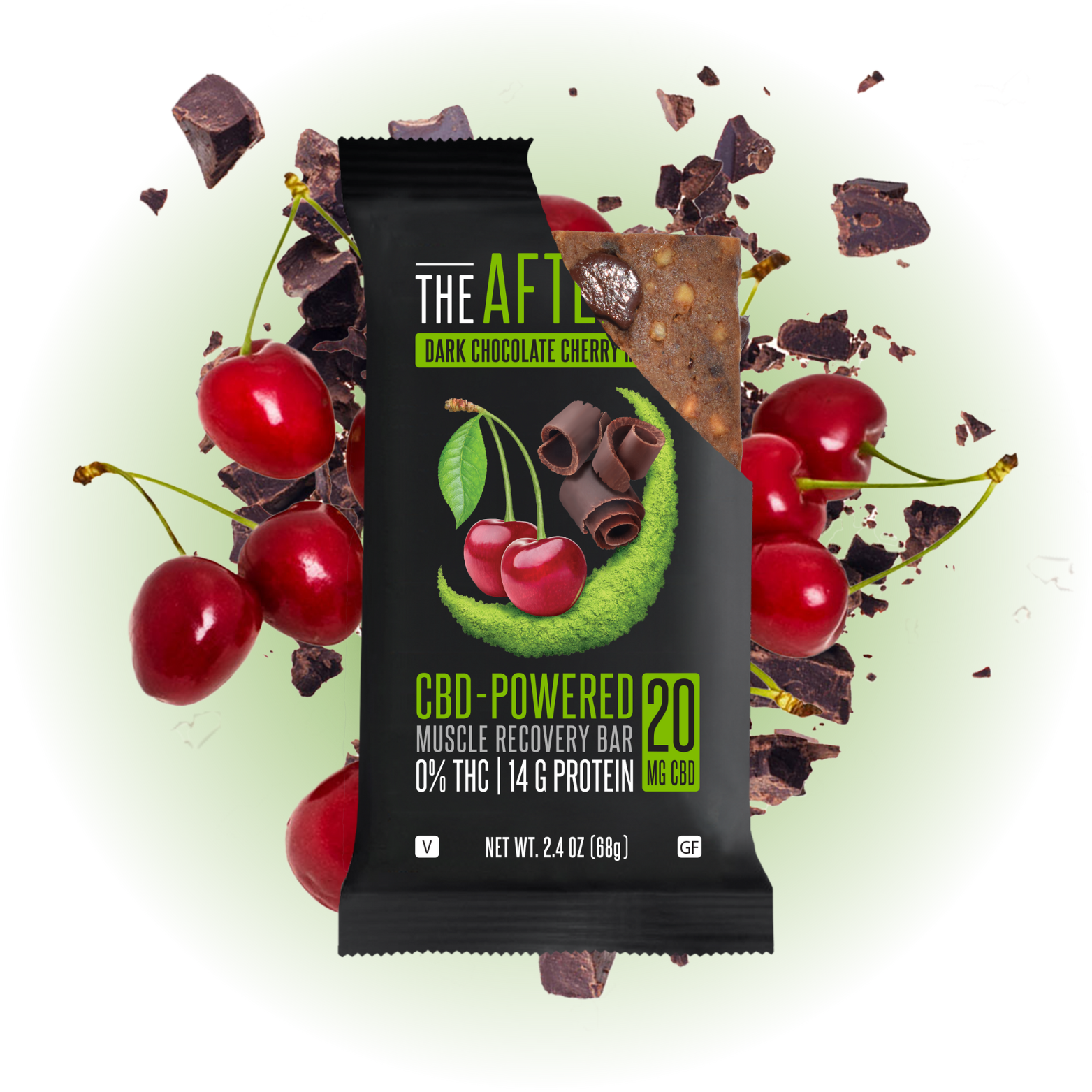
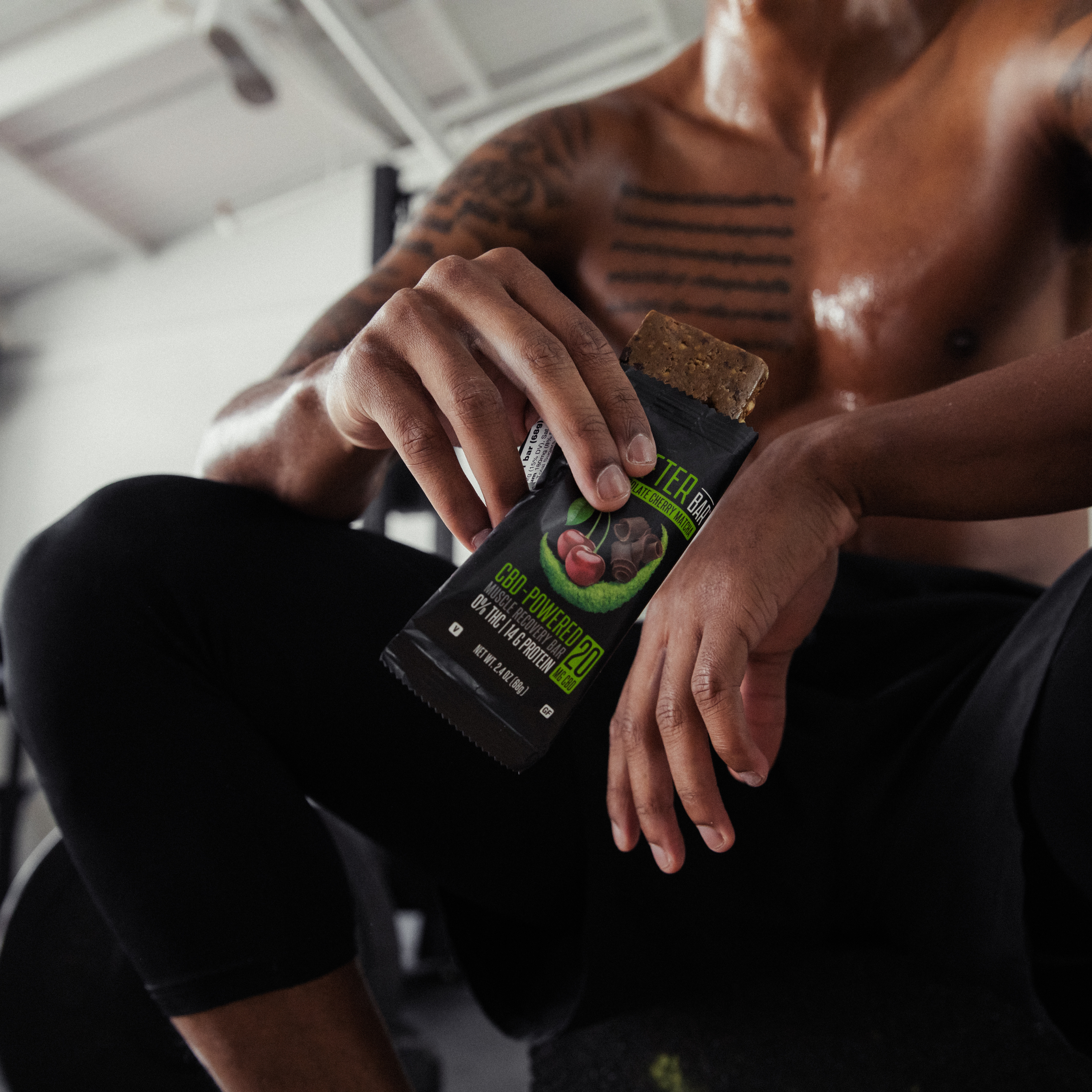
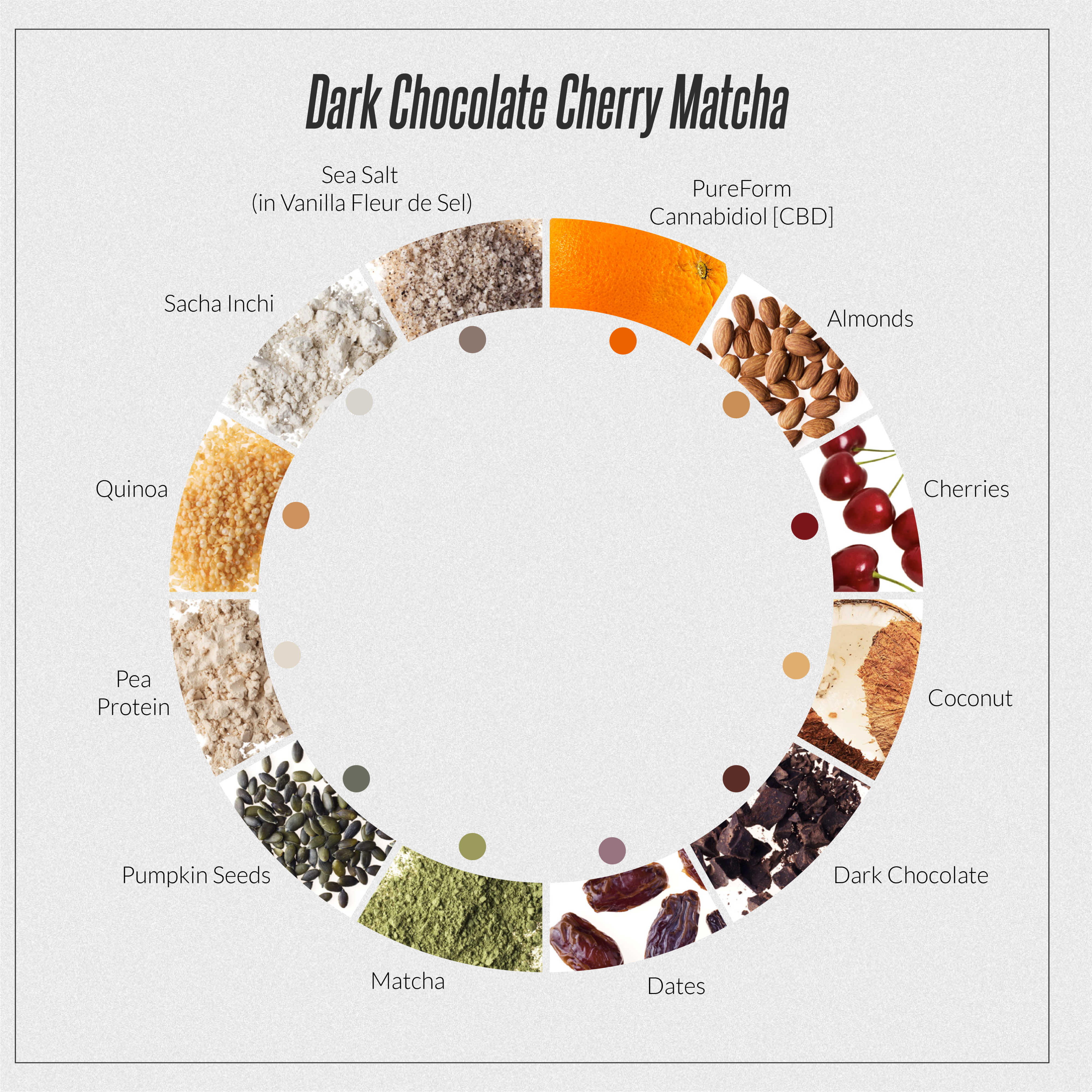
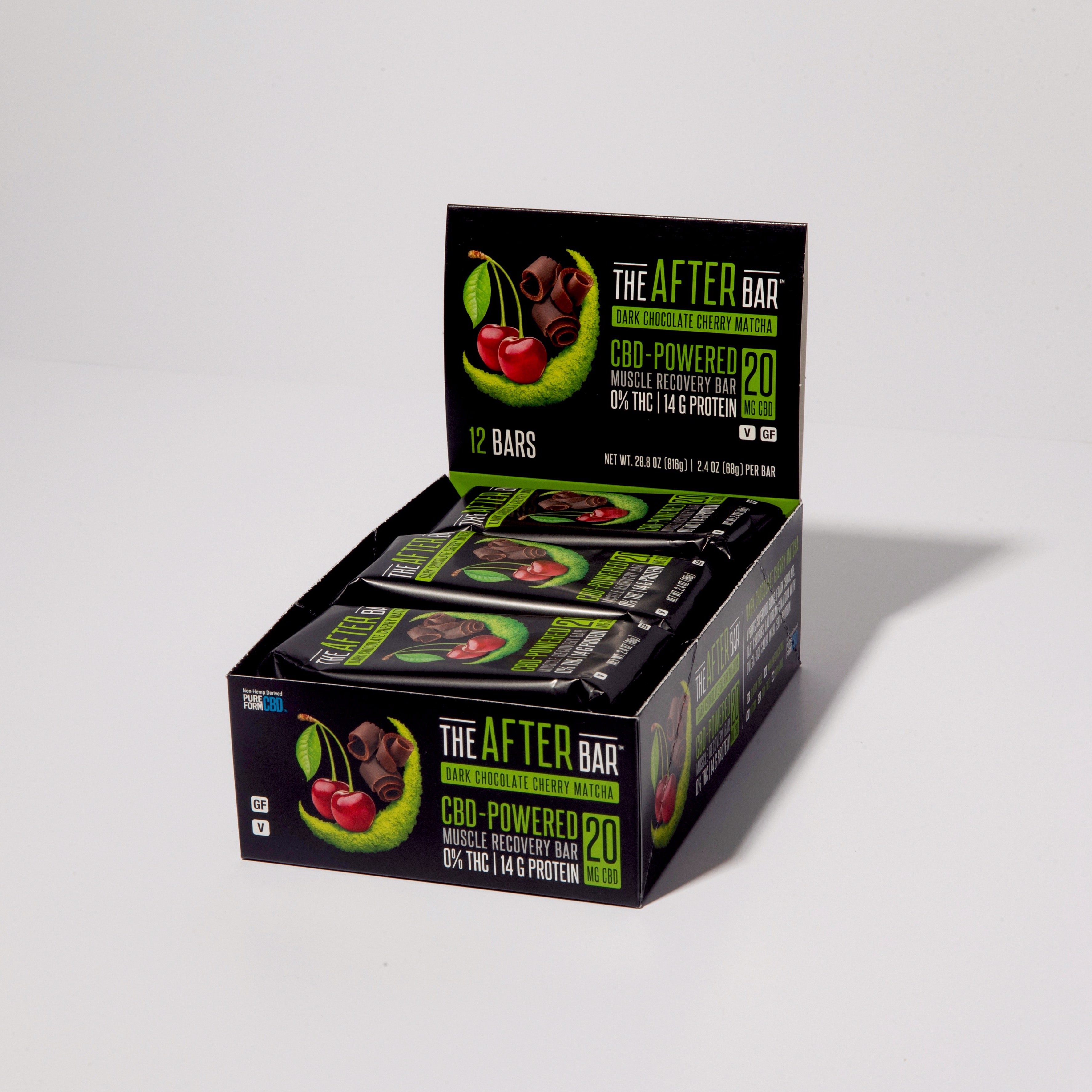
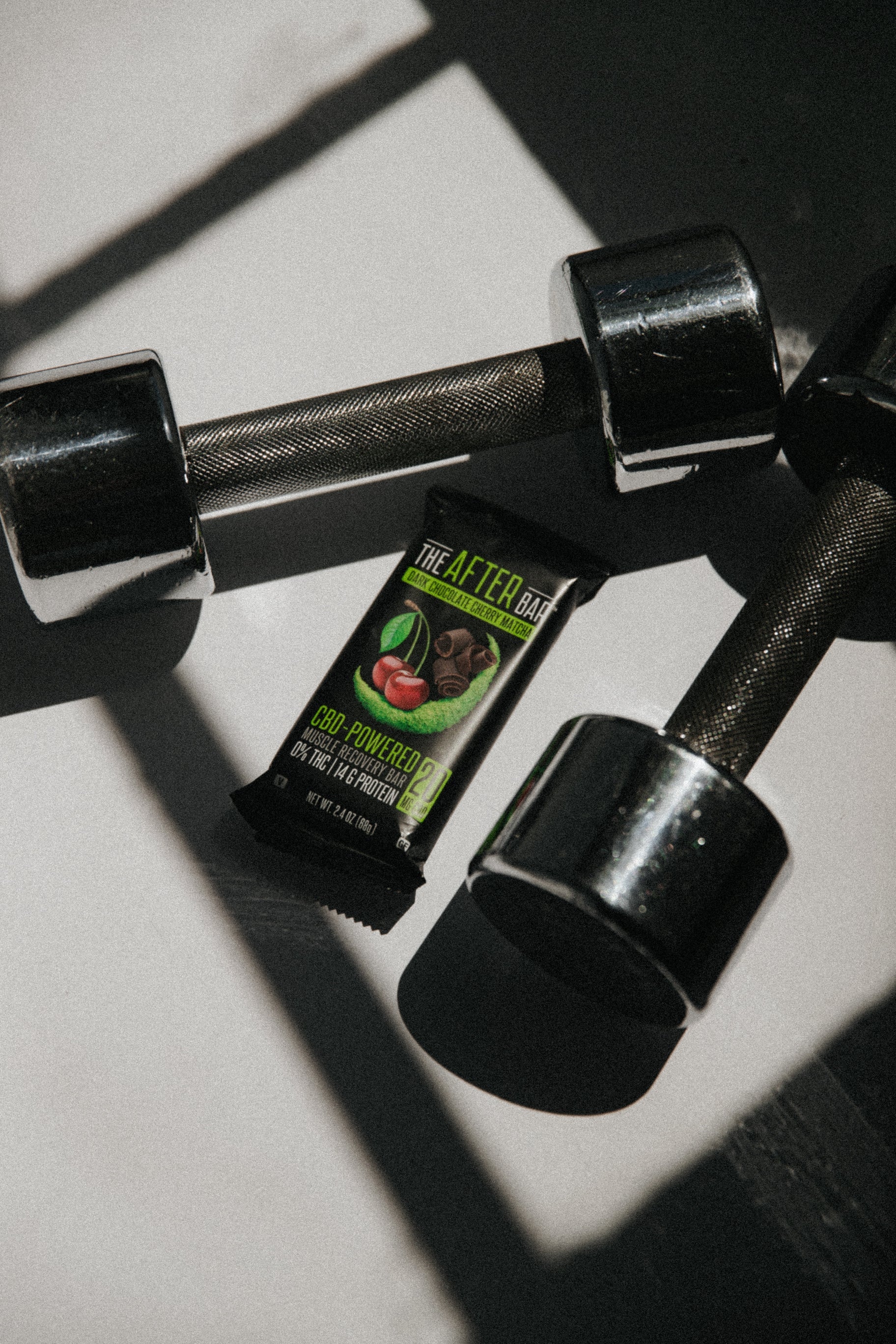
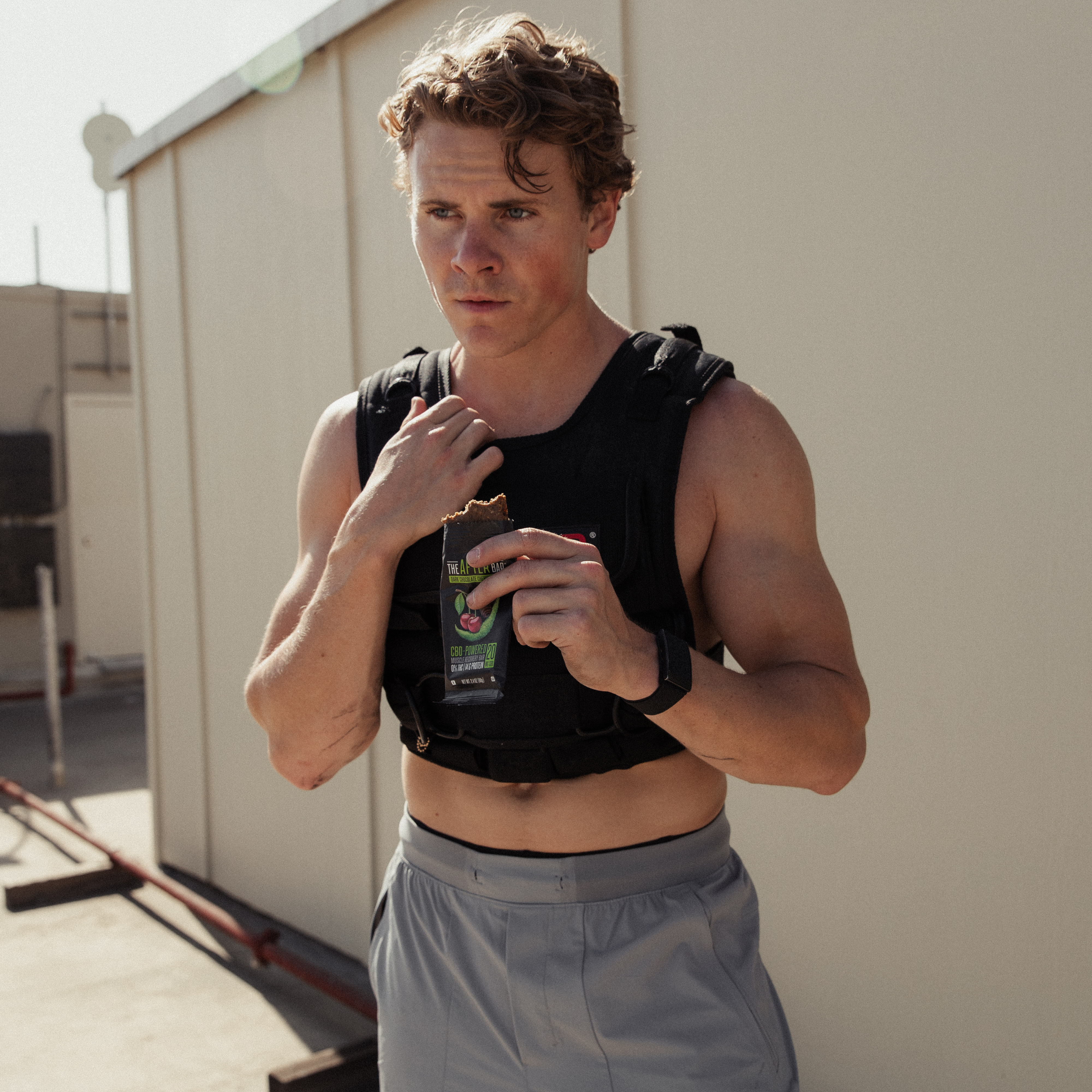
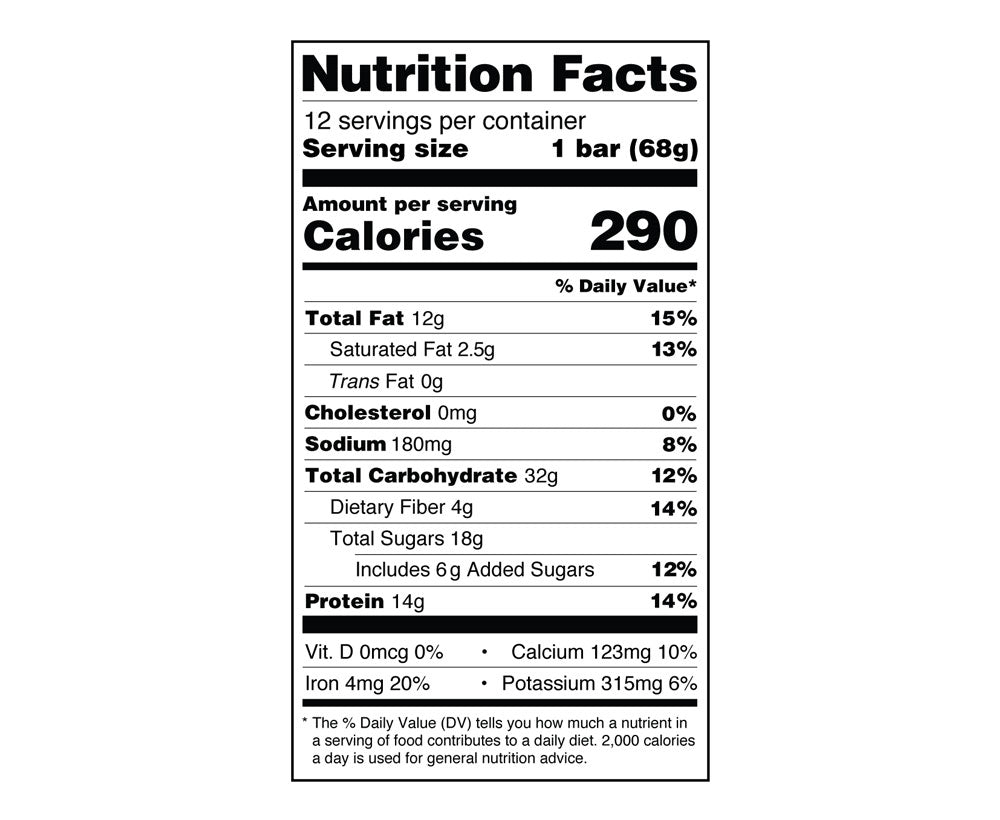
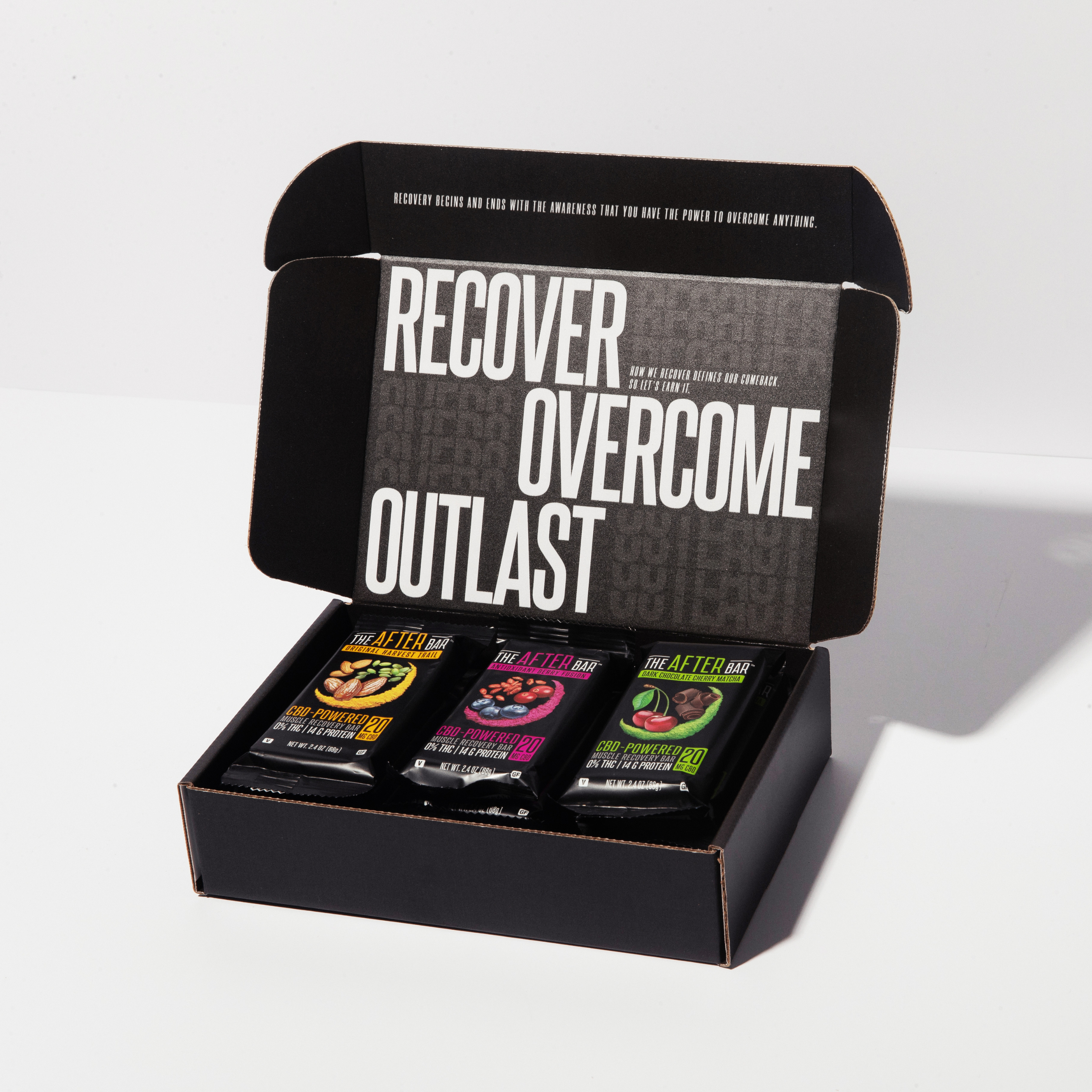
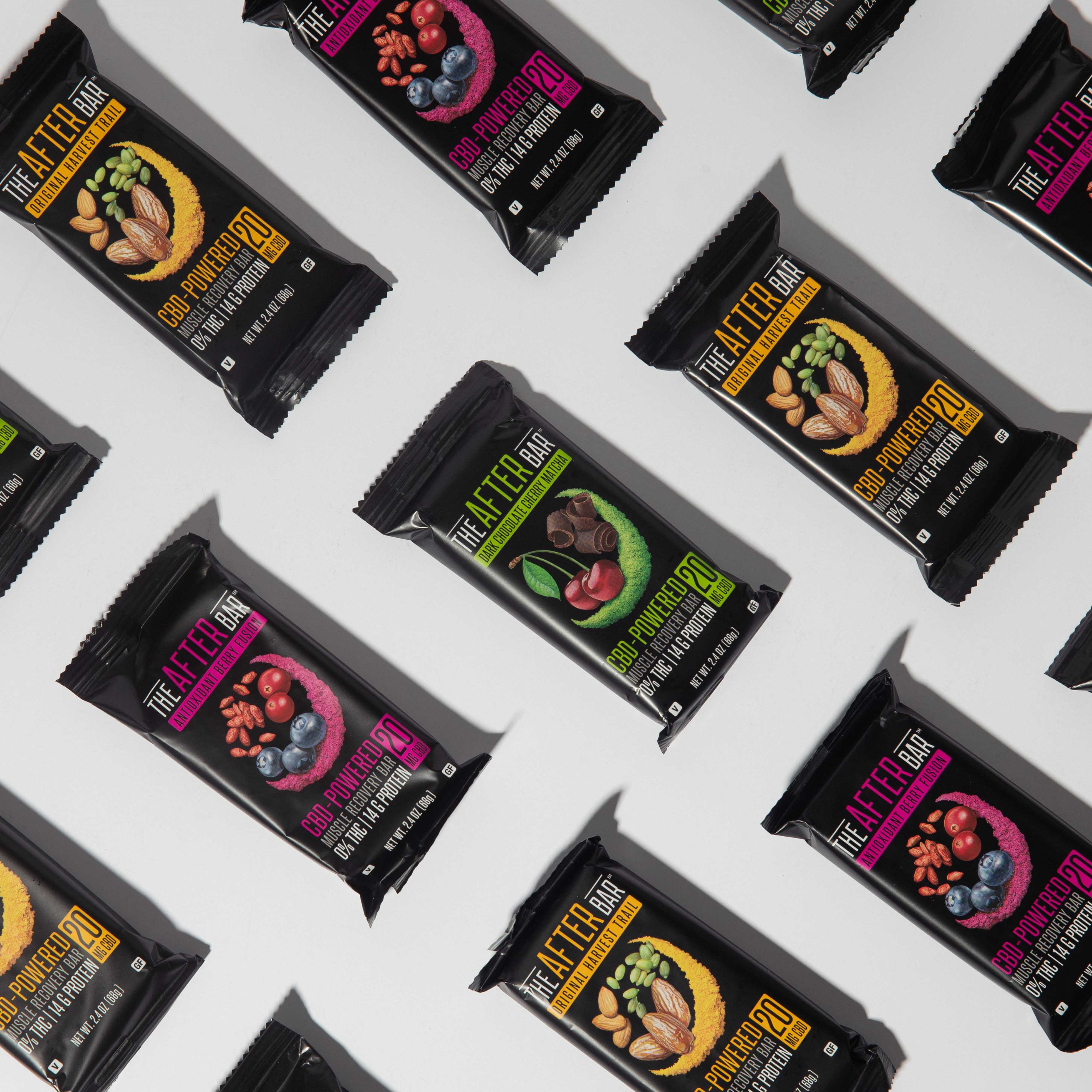
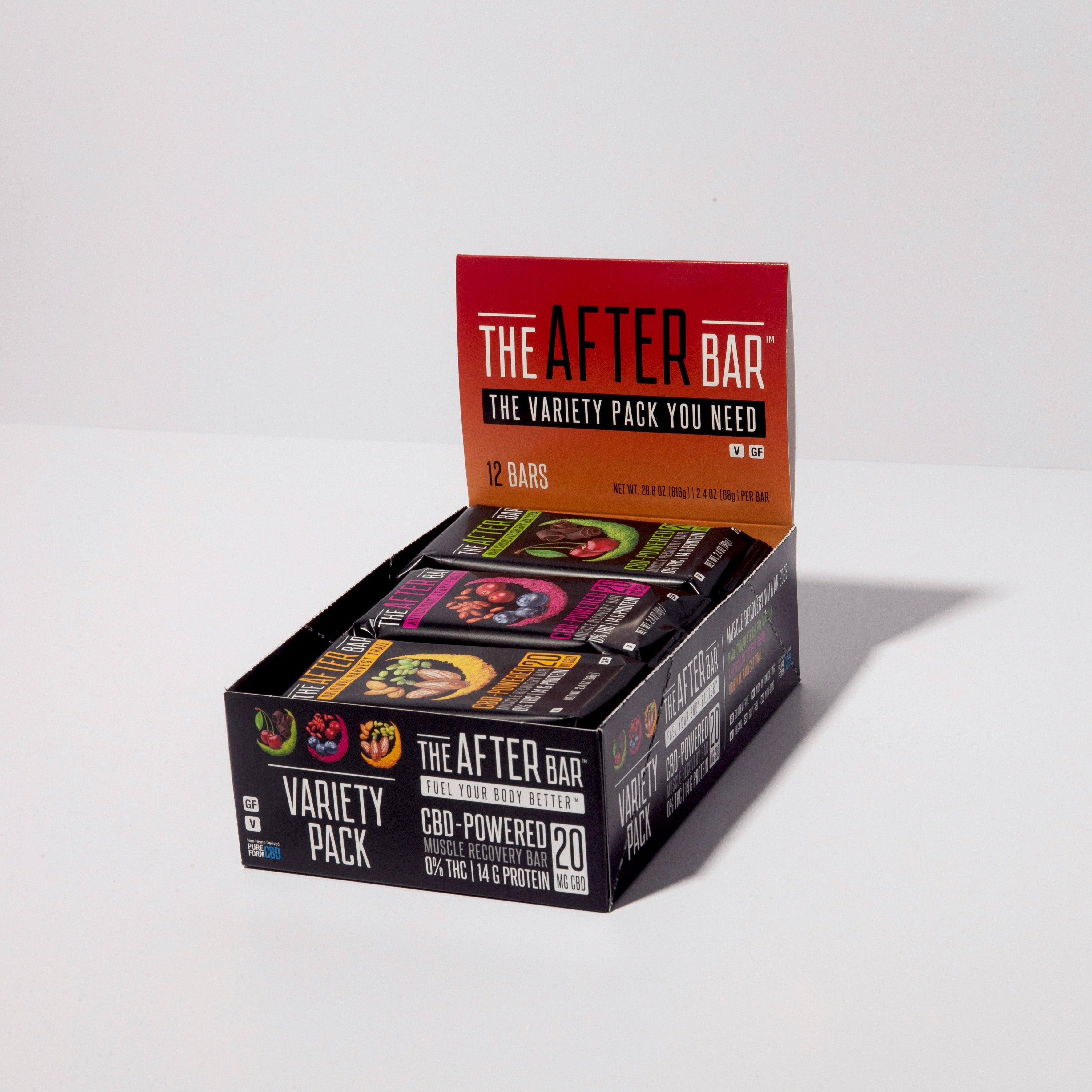
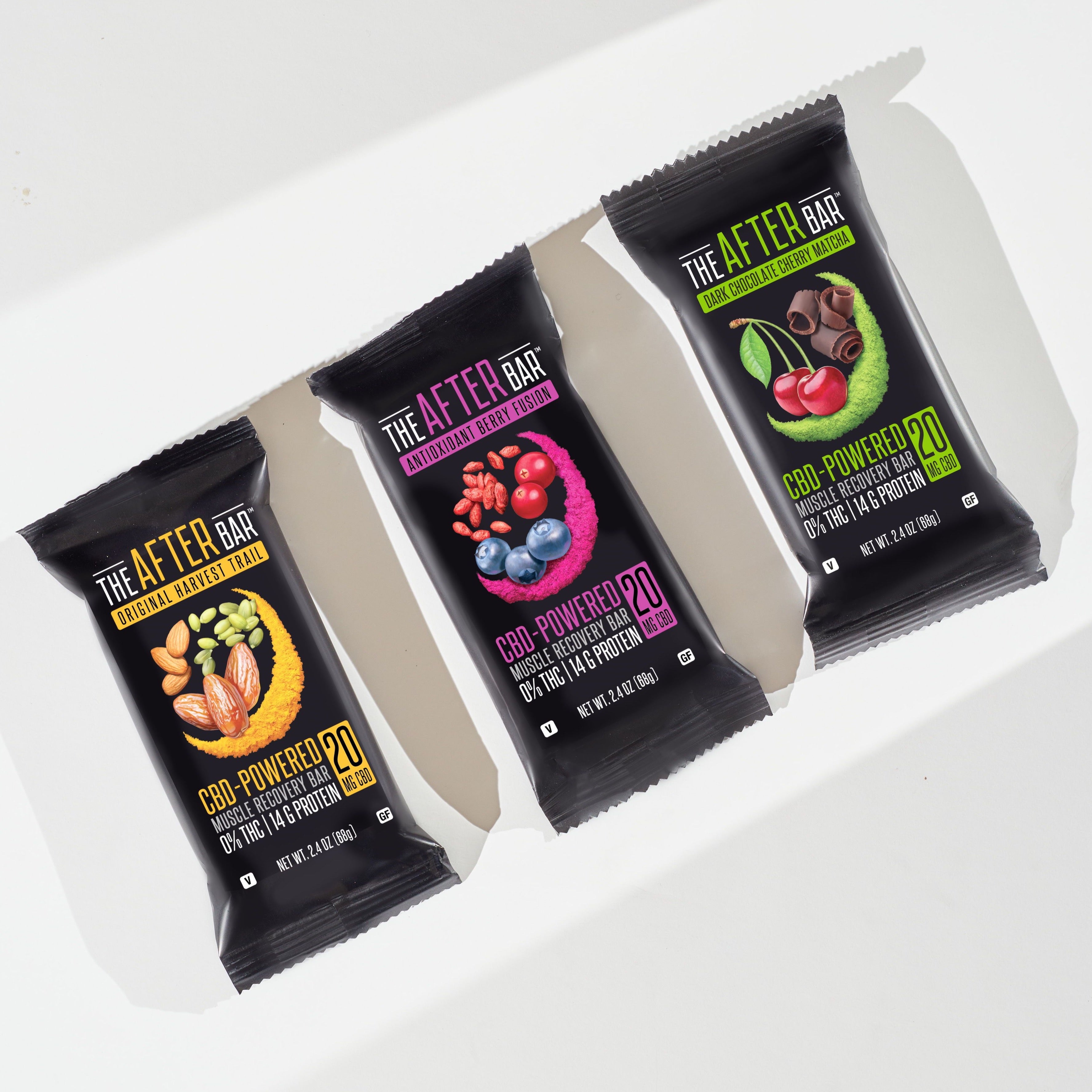
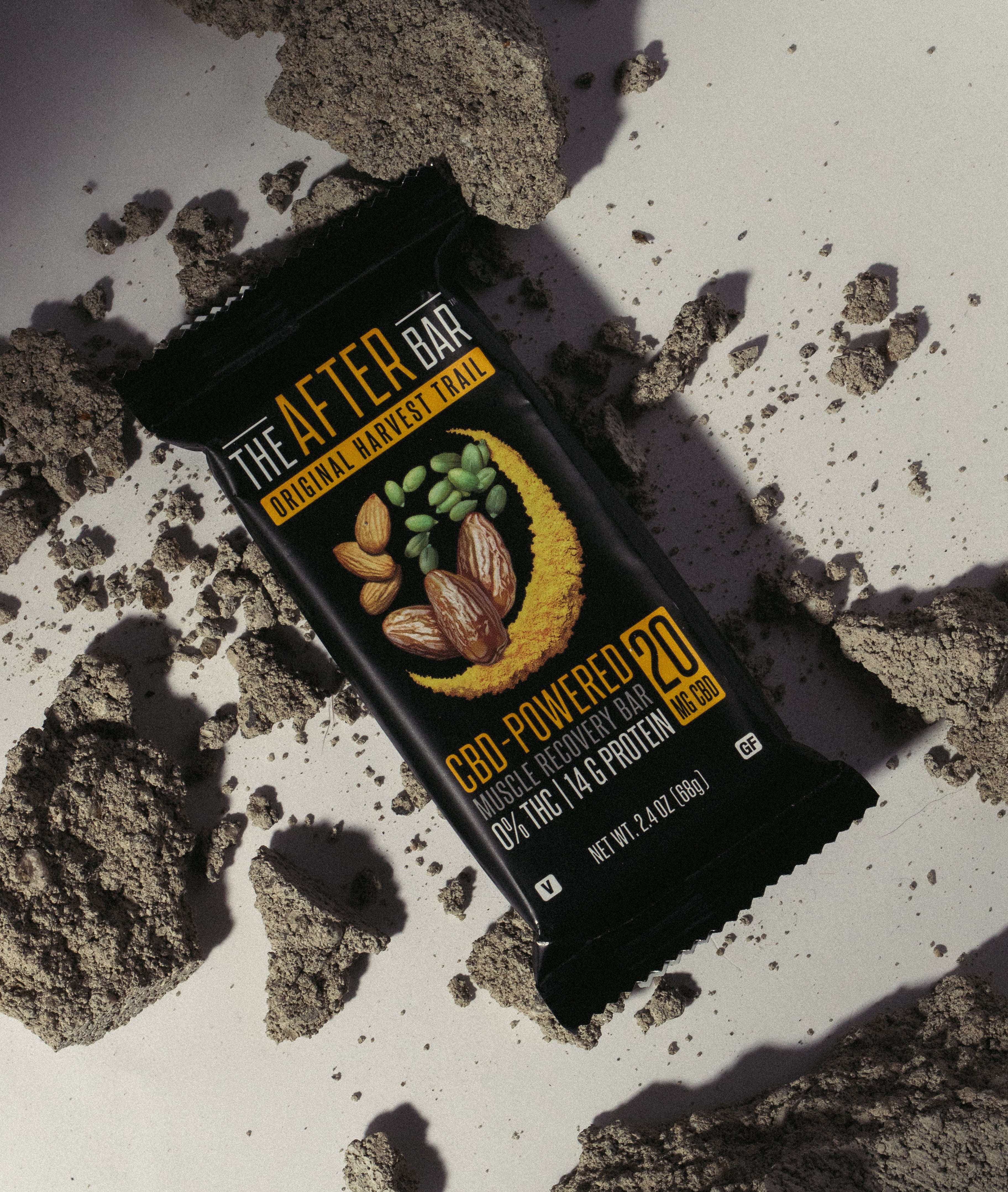
Leave a comment